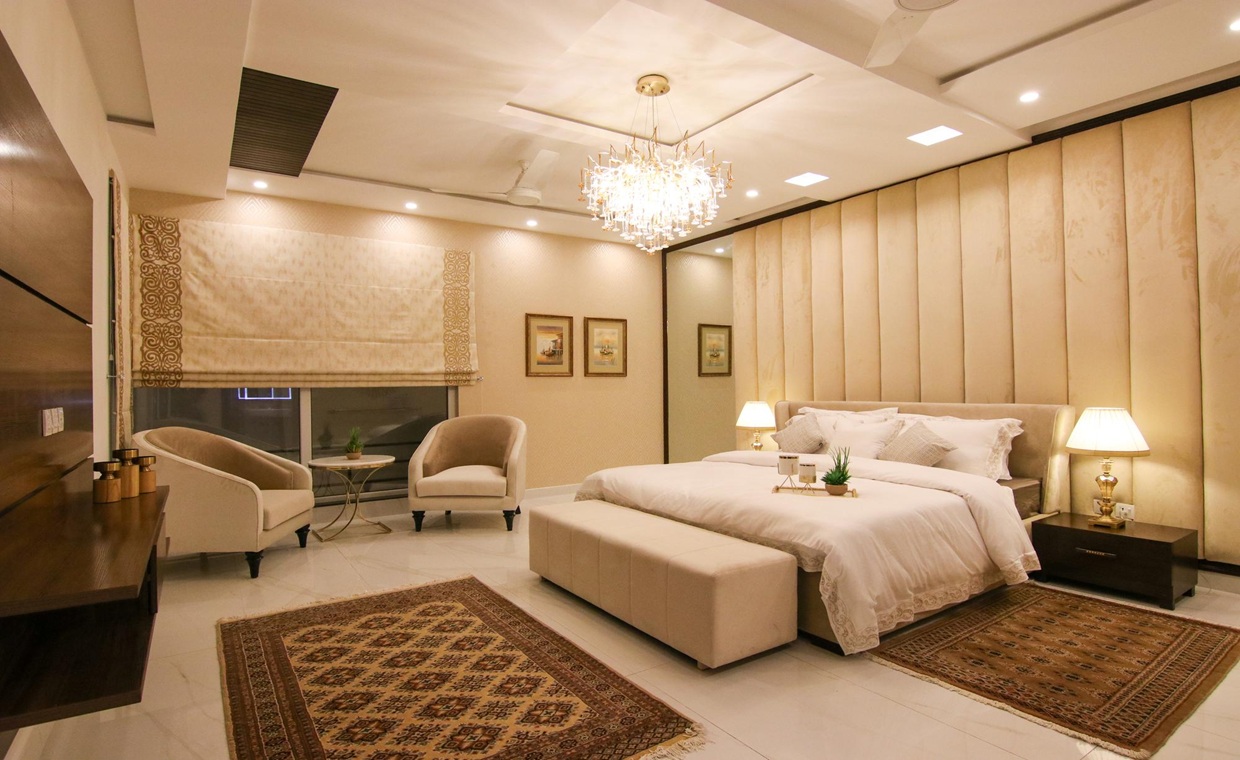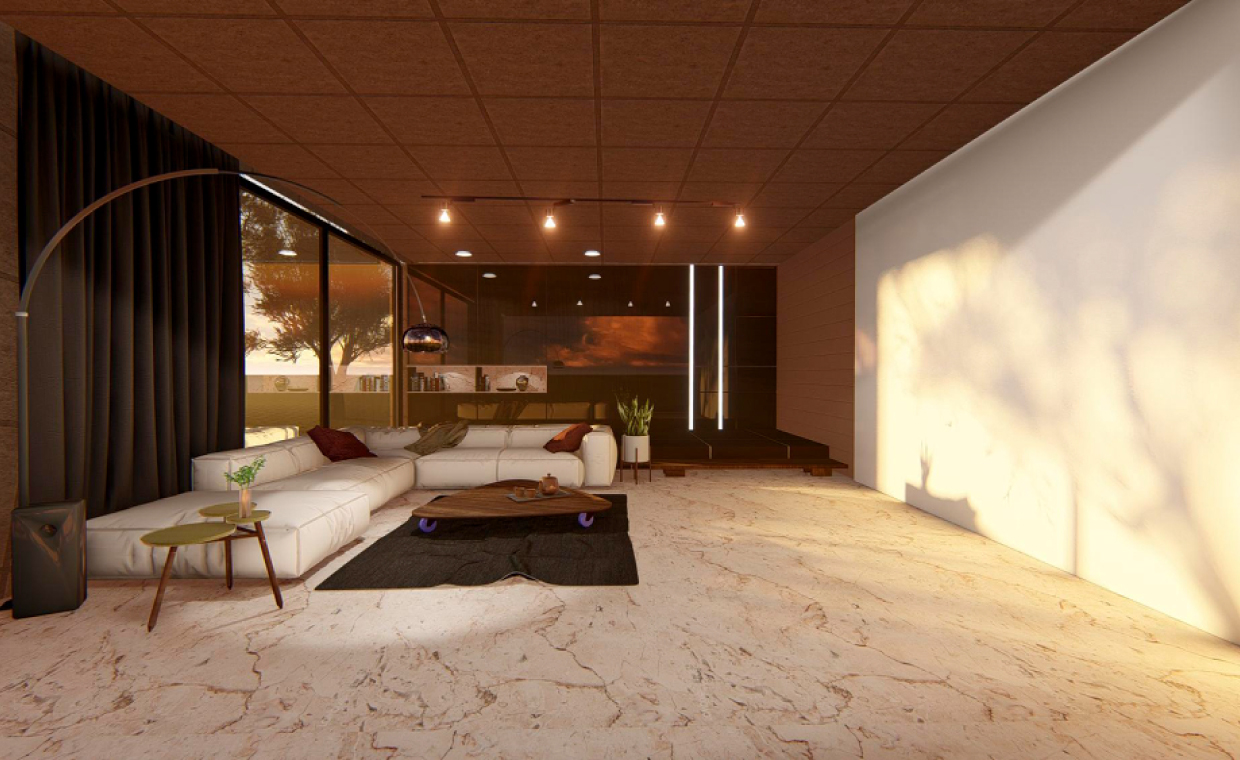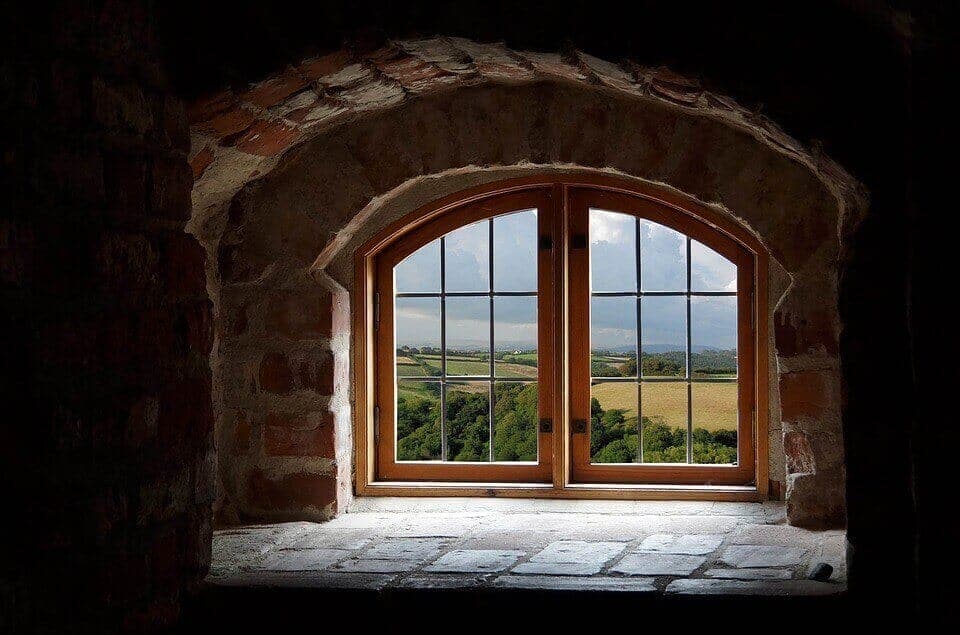
Glass is a versatile material which is used in construction since ancient times. Nowadays glass is used extensively in façade, interior partitions, balustrades, railings for stairs and balconies, etc. Most companies manufacture normal glass which is commonly called float glass due to the procedure involved in its production.
Normal glass or float glass or annealed glass is produced by combining all the ingredients of glass, heating them till molten and then cooling the mixture. Float glass has a perfectly flat and brilliant surface, so it is also called flat glass. There are various types of float glass which used in daily life. Here we have given brief information on various types of float glass and their application, which homeowners must know before buying glass for their homes.
Types of Float Glass Available in the Market:
Types of Float Glass
01. Clear Glass:
It is a clear and transparent annealed glass. Clear float glass usually has a natural greenish hue or colour. It provides a clear view of objects when viewed through it. Clear float glass allows 90% of the light coming from the sun to be transmitted into the room. It is used in doors, windows, solar applications, shelves, etc. It is also used for further processing to produce other glass types.
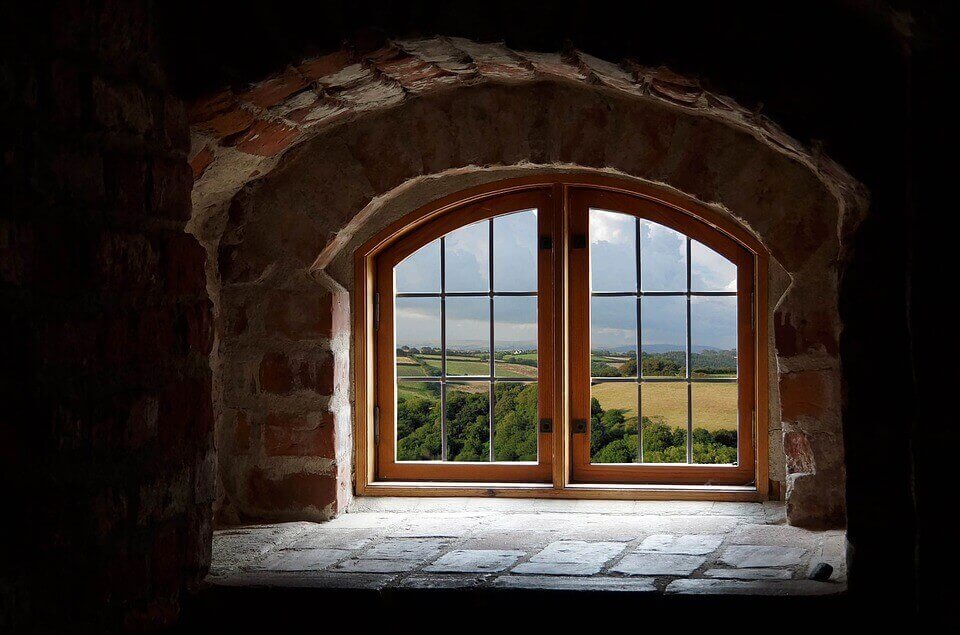
02. Tinted Glass:
The body-tinted glass is a type of float glass in which melted colourants are added for tinting and solar-radiation absorption properties. Coatings of various metal oxides are applied on the surface of float glass to produce a tinted glass. Tinted glass is available in various shades such as green, blue, bronze, brown, grey, black, etc. Although tinted glass allows, less amount of heat to be transmitted, simultaneously the amount of light entering is also reduced. This type of float glass saves energy, reduces heat penetration into buildings and gives a striking visual effect. It is an important architectural element for the exterior appearance of façades.
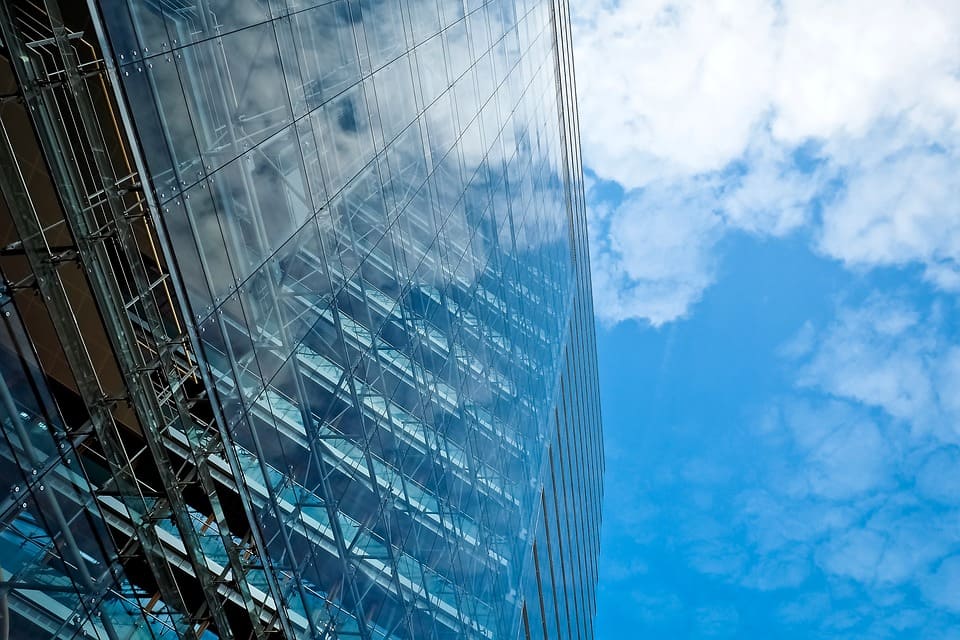
03. Patterned Glass or Textured Glass:
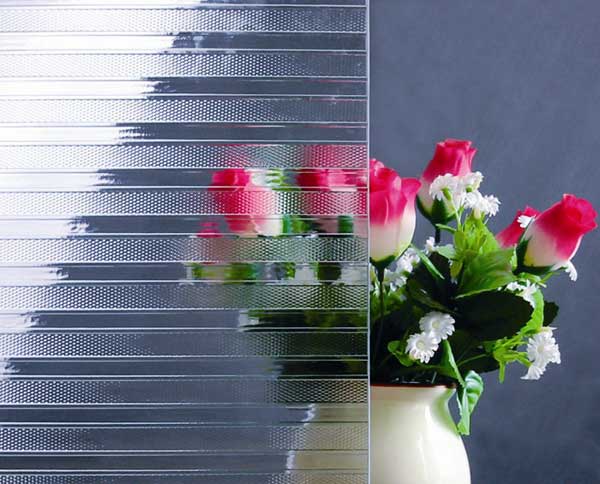
Patterned Glass is a decorative and translucent glass with textures or patterns on one face of the glass for diffusing light and obstructing visibility. The pattern or texture is done by passing hot glass on the rollers which have a negative impression of the pattern. It is useful for providing privacy to interiors of the house, thus extensively used in exterior windows and bathroom windows. This type of float glass is also used as decorative glass for interior partitions, glass doors, windows, backsplashes, opaque glazing, etc.
Courtesy – Glass Making
04. Wired Glass:
Wired glass, as the name suggests is a glass into which wire mesh or grid is inlaid at the time of manufacturing. Wire in the glass protects it from shattering and breaking out under stress. Also, this glass resists thermal stresses up to some extent and thus is also called fire-rated glass. It is an inexpensive glass which protects against the harmful effects of smoke and flame. Wired glass is generally used in fire escape routes of a structure, such as windows in stairways and hallways, also in public buildings such as schools, government offices, business centres, etc.
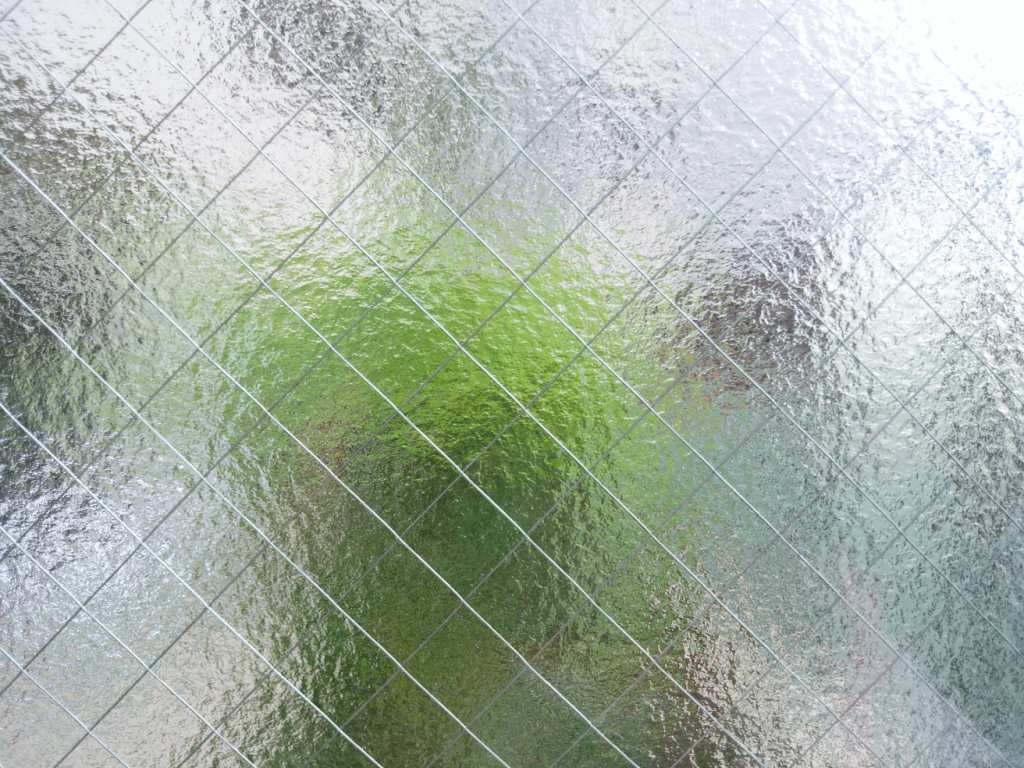
05. Extra Clear Glass:
Clear glass has a greenish hue due to the presence of iron. Extra clear glass is a high-quality glass which has very low iron content. Extra clear glass has negligible colour and thus providing a transparent view through it. It allows almost 97% of visible light to be transmitted. Extra clear glass is used for making tabletops, in the showroom of jewellery items, watches, crystal ware items, fine fabrics and art wares item, aquariums, etc. for a sparkling display.

Most companies manufacture float glass and different types of float glass. Patterned glass and tinted glass are mostly used in residential areas, while wired glass and extra clear glass are used more in commercial areas.
Also Read:
History of Glass & Its Invention for Window
Types of Glass Based on Principal Constituents
Advantages & Disadvantages of Glass as a Building Material



























